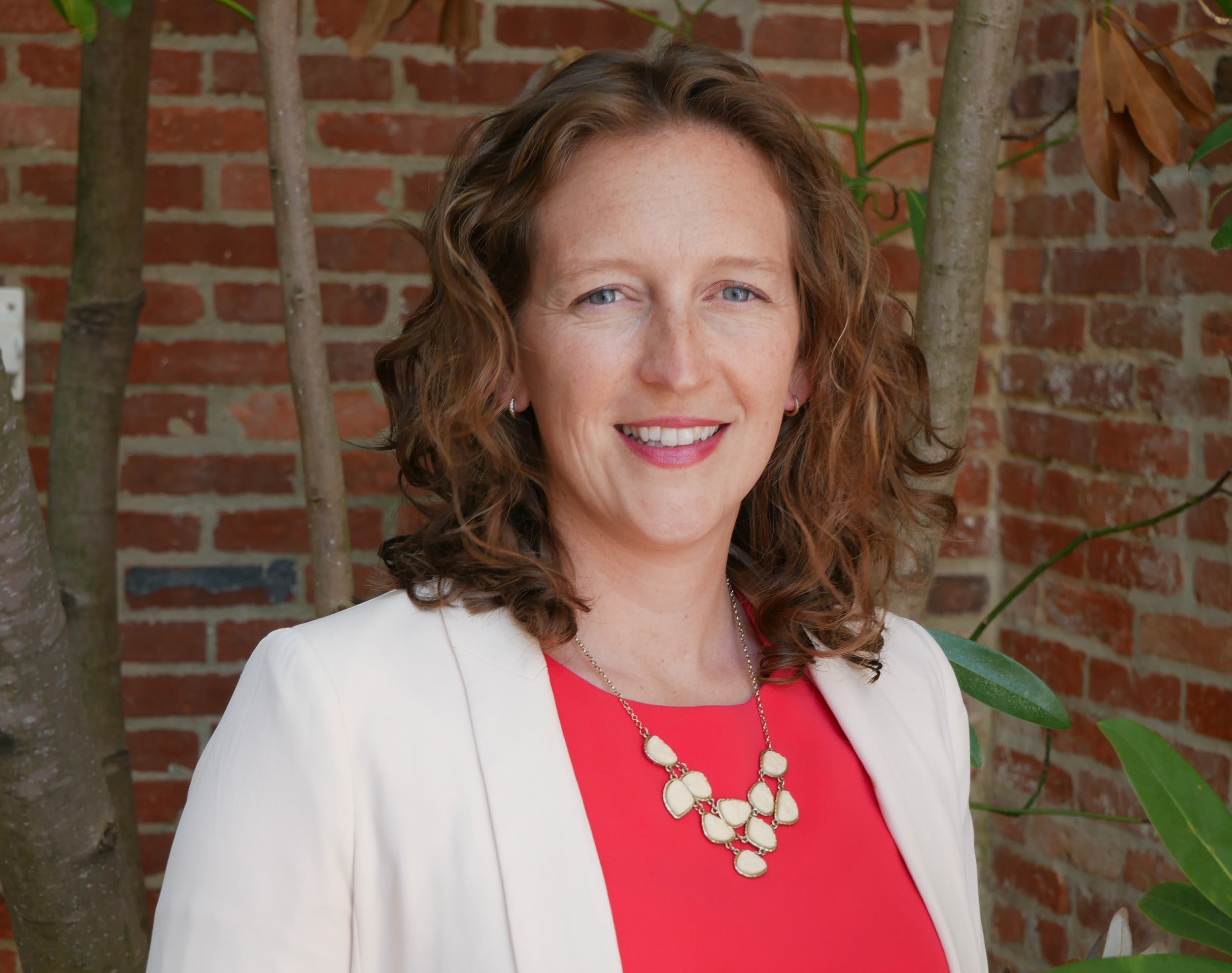
Isabel Hardesty joined ShoreRivers in 2011, and has served as executive director since 2021.
ShoreRivers, a leading environmental organization dedicated to protecting the Eastern Shore waterways, announced that Executive Director Isabel Hardesty has resigned, effective at the end of this year.
Marian Fry, chairperson of the ShoreRivers governing board, expressed mixed emotions about Hardesty’s departure, noting her significant contributions to the organization’s growth and impact.
“Although she will be greatly missed, we wish her well in her future endeavors,” Fry said, adding that the board is actively seeking a strong candidate to succeed Hardesty and that a job announcement will soon be posted on the ShoreRivers website.
In an accompanying note to supporters, Hardesty reflected on her 14-year tenure with ShoreRivers, describing her decision to step down as bittersweet but necessary for her personal and professional growth.
“I am excited, happy, nostalgic, and sad all at once, but mostly energized by the prospect of change,” she wrote. “We are in an incredible period of stability and impact, which is why I feel confident this is a good time for me to launch my next phase, and for ShoreRivers to have a fresh perspective at the helm.”
In the note, Hardesty looked back fondly on the organization’s achievements, including its 2017 merger of legacy organizations, legislative wins, expanded educational programs, and a focus on inclusive community engagement alongside clean water initiatives.
Under Hardesty’s leadership, ShoreRivers evolved by adding capacities in communications, human resources, finance, and databases to the organization as it operated under a robust strategic plan.
“Elected officials recognize us during the general assembly, and the ShoreRivers brand is trusted, beloved, and in it for the long haul,” she wrote, and attributed its success to the staff, board, and, above all, supporters.
Hardesty began her career at ShoreRivers in 2011 as policy director and later served as Chester Riverkeeper, Regional Director, and Deputy Director before becoming Executive Director in 2021.
“Although she will be greatly missed,” Fry wrote, “and we wish her well in future endeavors, the board is already working to find an excellent candidate as her successor.”
Looking ahead, Hardesty plans to consult part-time with Due East Partners on strategic planning and leadership while spending more time with her family. She said she is committed to a smooth transition and will work closely with the board to identify and onboard a new director.
“I want to thank each and every one of you for making this organization and this job wonderful and impactful,” she wrote, encouraging supporters to keep an eye on the ShoreRivers website for updates on the leadership search.








